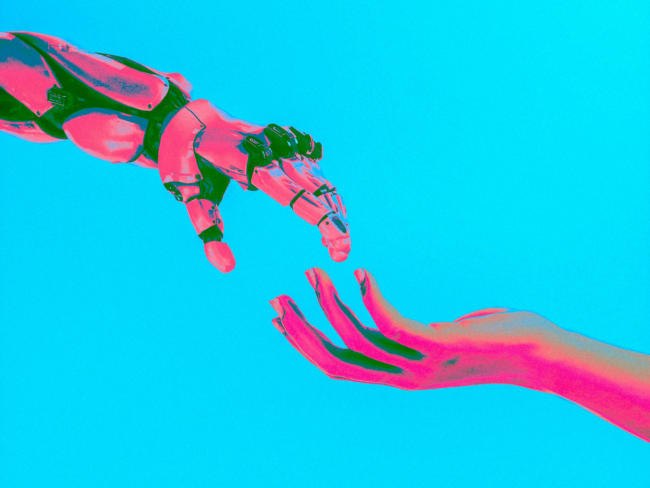Now that the furor surrounding the popular augmented-reality game Pokémon Go has somewhat died down since its July release, we have a chance to step back and examine exactly why the app got so popular so fast. It’s true that nostalgia plays a part; the game caters to the many millennials who have fond childhood memories of playing Pokémon Red on Game Boys. However, I believe that a far bigger aspect of it’s appeal has to do with its gamification of everyday activities.
Pokémon Go’s interface consists of a highly detailed location-specific map based on each user’s real-life surroundings. “Pokéstops” and “gyms” are located at specific buildings, street art, statues, and other landmarks. Players collect items and experience by going to these locations, and encounter Pokémon by exploring the areas around them; for every 5 or 10 kilometers walked, they can hatch Pokémon eggs and use the newly-introduced “Buddy” feature to power up their Pokémon. Fundamentally, Pokémon Go doesn’t allow users to disengage from reality the way many other mobile games do; instead, it enhances it, incentivizing users to get out of their houses and wander.
This kind of gamification is appealing on an instinctual level. After all, who wouldn’t like to be rewarded just for doing things we were going to do anyway? Take walking to Starbucks. With Pokémon Go, you could catch a few Pokémon on the way there, collect several items while in line, and hatch an egg on the way home. Your short trip could turn into something more than just a coffee run. Pokémon Go can make routine tasks and commutes feel more like a game; a mindset that we should be applying when thinking about how we market ourselves and our products. Some companies are already jumping in on the trend. For example, users with the Domino’s Pizza ordering app can shake their phone if they don’t know what they want, and the app will randomly select the toppings.
It’s easy to brush off Pokémon Go as a nerdy flash in the pan. But given its massive worldwide popularity, it’s likely that many more augmented-reality apps will come. Introducing gamification into your marketing can make it more compelling and engaging—not to mention fun.


